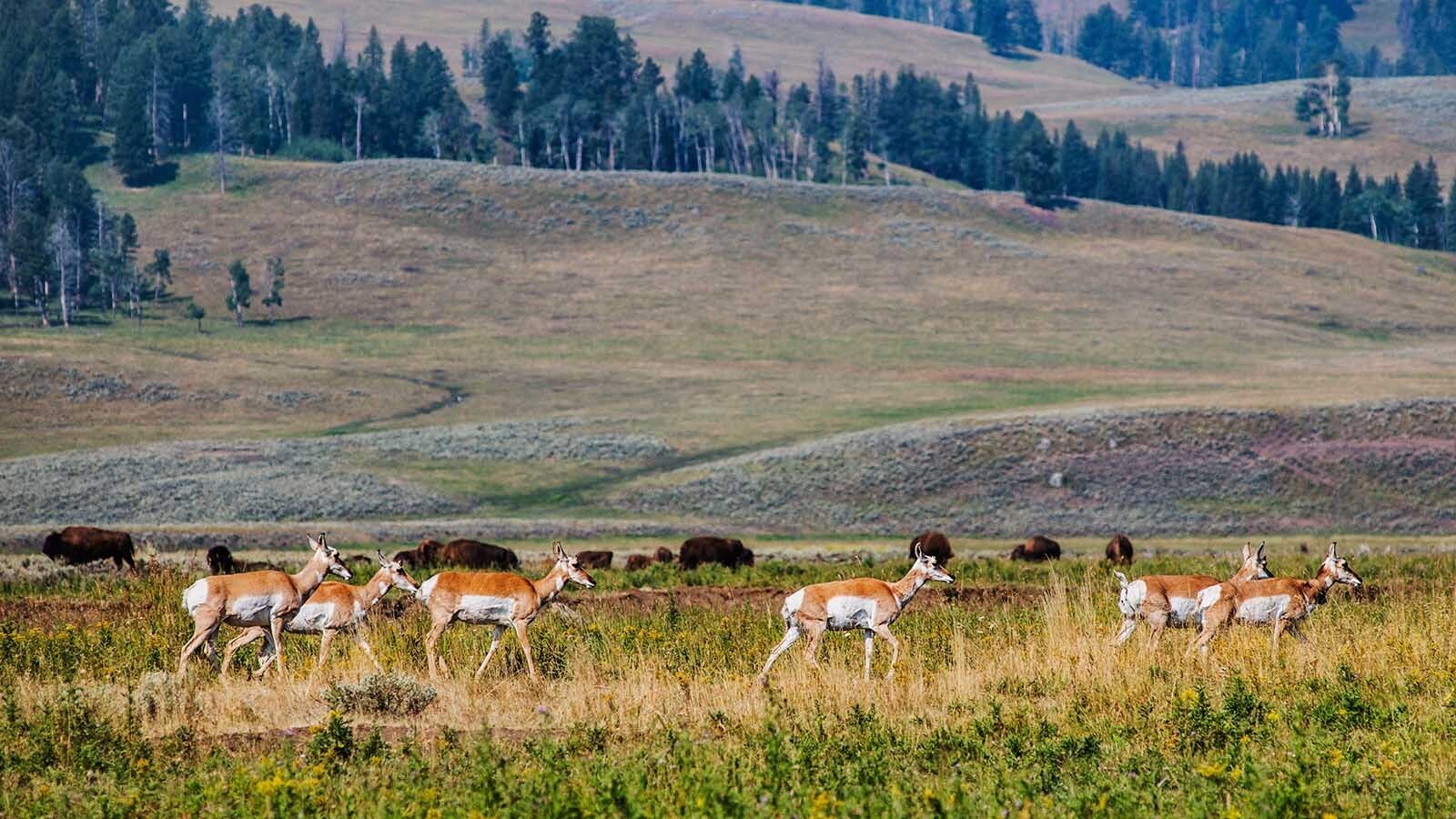Wearers of tinfoil hats may be disappointed to learn that most of the 61 webcams monitoring highways across the state are broken, not deliberately shut off to hide accidents or other information from the public.
Doug McGee, public affairs officer for the Wyoming Department of Transportation, said the organization reserves the right to turn off cameras if they are pointed at a crash where it’s believed graphic or sensitive personal details could be seen.
McGee also said they would shut a camera down if they believed a victim of a car crash could be identified on screen before the family has been notified.
“This is not the way we would want anyone to find something out terrible,” he said. “We want the images to be OK for any viewers.”
But as a rule, there’s nothing clandestine behind the seemingly inordinate number of times avid WYDOT webcam viewers see “The webcam is temporarily under repairs” instead of the promised image. They really are in need of repair, Jordan said, in operation since 2011.
McGee added that in his 23 years working with the agency, he could only recall one instance where a webcam was turned off on purpose.
New Cameras Coming
WYDOT announced Tuesday that it’s replacing 61 inoperable and or outdated web cameras with new equipment over the next few years at a total cost of $6.6 million. This makes up 27% of the 222 live road cameras in the department’s network.
Many of the WYDOT cameras are located in remote vicinities, which Young said can make it difficult to get a strong enough connection for a crisp, clear image, particularly during bad weather.
For instance, one of the WYDOT cameras between Lusk and Mule Creek Junction on U.S. Highway 85 in eastern Wyoming is down.
Jordan Young, WYDOT deputy public affairs officer, said these cameras connect to the internet via a variety of mechanisms, including cellphone service, fiber optics or satellite. They’re also often powered by electricity or solar panels.
McGee said the cameras not only satisfy curiosity, they also serve as an important safety tool that can determine people’s travel decisions and potentially prevent future accidents.
“It’s just amazingly powerful,” he said.
The cameras typically provide a snapshot in both directions of a road, and a separate close-up shot of its surface. Of course, a stationary camera can never catch every angle, and Young and Mcgee said their department often gets complaints from people who believe important information is being left out.
“While they’re a great tool, they don’t show you everything,” Young said.
McGee said WYDOT workers themselves depend on the webcams to get to work and when there, check them to see road surface conditions without having to travel to an actual location to inspect.
He also said the cameras bring solace to some of Wyoming’s military members stationed overseas who may be feeling homesick.
“They just want a little piece of Wyoming for a few minutes, and they start checking the web cameras in their part of the state or their favorite part of the state,” McGee said. “I’ve been told many times that really gives them a lot of peace and they really enjoy that opportunity.”
All of the 222 WYDOT cameras are operated out of the agency’s Transportation Management Center in Cheyenne. If snow, wind or a bird knocks a camera out of position, employees here can often adjust it back into position remotely. If not, Young said regionally stationed WYDOT technicians can also get the job done.

Evolution Of The Webcams
McGee said WYDOT unveiled its first online road webcam in the late 1990s, a camera situated on the Interstate 80 summit between Laramie and Cheyenne.
That camera, McGee said, was originally only used internally as a winter maintenance tool for WYDOT staff. At the time, he said some staff questioned whether the public would be interested in viewing it.
But once it was available to the public, it was a hit and 222 cameras later, the service is extremely popular and one of the main sources of traffic to the WYDOT website.
“It made the world a smaller place in a nice way,” McGee said.
Over the years, WYDOT has added more and more webcams, which now cover most parts of the state. Its 511 website where the cameras can be found saw 2.2 billion page clicks in 2022. The website also recently got a new upgrade to better handle more traffic.
Young said it costs $87,000 a year to run the webcams, and the addition of the upgraded equipment will increase this cost. In a typical year, WYDOT replaces about $25,000 worth of cameras.
“We need to maintain that balance so that they are dependable and reliable and don’t just get back to a cycle with them being broken,” she said.
People can access the webcams at wyoroad.info or on the WYDOT Wyoming 511 app, which is most recommended for mobile users.
Leo Wolfson can be reached at leo@cowboystatedaily.com.







